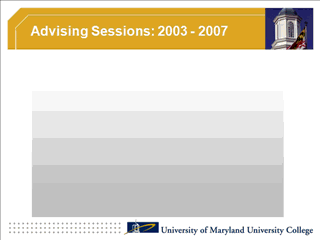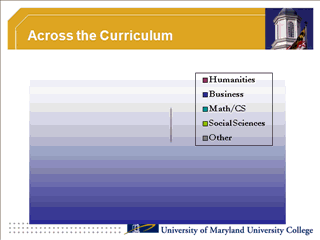
| Document Design Workshop: Part One | ||||||||||||||||||||||
|
What You Need to Know About the
"New Literacy"
|
||||||||||||||||||||||
 The goal of this workshop is to help you deal with the revolution that is taking place in how your colleagues and clients read: They don't. Or rarely do they read in the traditional word-for-word manner. Today they are skimmers and scanners, idea pickers and info grazers. Especially on the web. |
||||||||||||||||||||||
|
One
study found that users read a maximum of 18
words on any web page. Maximum recommended paragraph length
for magazines by the International Circulation Managers Association: 42
words.
Oh my. Is this the end of literacy? Not at all. Chunking is actually a reintegration of humankind's oldest form of literacy--visual. In today's chunked business and technical documents you find a new world of visual devices for breaking up the page into easily discernible, easily scannable bits. In today's workplace, if writers want to excel they must master the formats and visual gadgets demanded by this new type of literacy, and that means learning to integrate text and graphics. Coined by cognitive psychologists, "chunking" describes the mind's optimum way of processing information--in discrete bits. As our lives have become more information rich, and especially as technology has changed how we process information visually, contemporary documents have taken on a highly chunked, highly visual format. Consider these differences:
Your readers will also be looking for these advantages offered by chunked documents: Increased accessibility Traditional texts often seem like a library without a card catalog for today's readers: lots of great stuff, but where's the stuff I want? In contrast, chunked texts allow the reader to locate the information quickly and directly that is  of most importance to him or her. Instead of pages of black squiggles in a uniform font and size, the chunked text uses clearly separated, distinct parts that negate the need to read in a left-to-right, top-to-bottom manner. This is "Drive-Thru" reading. Reader relief Readers report a physical sense of relief when moving from a traditional document to a chunked one--a feeling of a burden being lifted, of life made easier. The reader no longer has to invest valuable time in laborious word-for-word decoding. Today's reader expects a skilled chunk writer to provide a visual map to the information. Greater value Readers (including your boss) usually perceive a chunked text as more valuable than a non-chunked text, although the two may contain the same information. Today's readers expect graphics. Also, easier access to the information via chunks and graphics adds not only to the sense of a document's value, but also to your personal value as an employee. Multi-sensory learning We've known for a long time that people learn faster and more deeply when multiple senses are involved: visual, auditory, and kinesthetic. Chunked documents take advantage of this learning principle by integrating movement, sound and colorful visual elements, especially in PowerPoint or other multi-media presentations. Customization Today's readers prefer the freedom that chunking provides to choose what to read in any given document. Chunking empowers readers to create their own texts based on the chunks they choose.  Along
with the other advantages, customization can
provide significant improvements in reading time,
comprehension, and accuracy of communication, according to InfoMap.com,
which hosts a PDF
summarizing 30 years of research that supports chunking as a
way of improving workplace writing. Along
with the other advantages, customization can
provide significant improvements in reading time,
comprehension, and accuracy of communication, according to InfoMap.com,
which hosts a PDF
summarizing 30 years of research that supports chunking as a
way of improving workplace writing.
So, are you ready to get chunked? The following video explains how we got into this chunky situation (hint: it has to do with digital technology) and provides an important tool for dealing with the new literacy: Visual SPD. The initials refer to:
|
||||||||||||||||||||||